
Chemical processing is a vast and complex field, involving the transformation of raw materials into valuable chemical products. At the heart of this transformation are various types of equipment, each designed for a specific purpose. Whether you’re a student, a new engineer, or someone curious about the chemical industry, understanding the basics of chemical processing equipment is crucial.
In this guide, we’ll explore the most common types of chemical processing equipment, how they work, and their role in the production process.
1. Reactors
Reactors are the core units where chemical reactions occur. They come in various shapes and sizes, depending on the process requirements. The most common types include:
- Batch Reactors: Used for small-scale production, where ingredients are added, mixed, and reacted over a set period.
- Continuous Stirred Tank Reactors (CSTRs): Ideal for continuous production, maintaining a steady state of reaction.
- Plug Flow Reactors (PFRs): Materials flow through a tube-like reactor, reacting along the way. Suitable for fast reactions.
Reactors must be designed to handle heat, pressure, and corrosive substances. Proper agitation, temperature control, and residence time are crucial for achieving desired reaction outcomes.
2. Heat Exchangers
Heat exchangers transfer heat between two fluids without mixing them. They play a vital role in energy conservation and temperature control in chemical processes.
Common types include:
- Shell and Tube Heat Exchangers: One fluid flows through tubes while the other flows around them in a shell.
- Plate Heat Exchangers: Use stacked plates for efficient heat transfer.
They are used for heating raw materials, cooling products, and recovering waste heat. Proper maintenance is essential to prevent fouling and maintain efficiency.
3. Distillation Columns
Distillation is a separation technique based on differences in boiling points. Distillation columns are used to separate mixtures into individual components.
Main parts of a distillation column:
- Reboiler: Heats the mixture.
- Column: Contains trays or packing material for vapor-liquid contact.
- Condenser: Cools vapor back into liquid.
Used in refining, petrochemical processing, and alcohol production, distillation columns require precise temperature and pressure control.
4. Pumps
Pumps move liquids and slurries throughout the processing plant. Choosing the right pump depends on the fluid properties and process conditions.
Common types include:
- Centrifugal Pumps: Use rotating impellers for high-flow, low-viscosity fluids.
- Positive Displacement Pumps: Move fixed volumes, ideal for viscous fluids or high-pressure applications.
Maintenance and sealing are important to prevent leaks and ensure reliable operation.
5. Compressors
Compressors increase the pressure of gases and are essential in processes involving gaseous reactants or products.
Types include:
- Reciprocating Compressors: Use pistons, good for high-pressure, low-volume applications.
- Centrifugal Compressors: Use impellers, suitable for large volumes of gas.
Compressors must be equipped with safety valves and cooling systems to handle heat generated during compression.
6. Mixers and Agitators
Mixers and agitators are used to combine materials, enhance heat transfer, and improve reaction kinetics.
- Propeller Agitators: High-speed, used for low-viscosity fluids.
- Turbine Agitators: Create radial flow, good for mixing different densities.
- Paddle Agitators: Gentle mixing for suspensions and slurries.
Proper mixing ensures uniformity, prevents settling, and enhances process efficiency.
7. Filters and Centrifuges
Solid-liquid separation is common in chemical processing. Filters and centrifuges remove solids from liquids or vice versa.
- Filters: Use porous media to trap solids. Common types include bag filters, cartridge filters, and filter presses.
- Centrifuges: Use centrifugal force to separate phases. Types include decanter, disk-stack, and basket centrifuges.
They are essential for purifying products, recovering valuable materials, and minimizing waste.
8. Dryers
Dryers remove moisture from solid materials. This is critical for product stability, packaging, and further processing.
Types of dryers:
- Rotary Dryers: Cylindrical drums that rotate to dry bulk solids.
- Spray Dryers: Atomize liquid feed into a hot air stream to produce powders.
- Fluidized Bed Dryers: Use hot air to suspend and dry particles.
Energy efficiency and product characteristics determine the choice of dryer.
9. Storage Tanks and Silos
Storage equipment holds raw materials, intermediates, or finished products. Tanks are typically used for liquids, while silos are used for powders and granules.
Key considerations:
- Material Compatibility: Prevent corrosion and contamination.
- Temperature Control: Heating or cooling jackets for sensitive materials.
- Safety Features: Pressure relief valves, level indicators, and inert gas blanketing.
10. Control Systems
Modern chemical plants use advanced control systems to monitor and regulate equipment. Distributed control systems (DCS) and programmable logic controllers (PLC) automate operations, improve safety, and reduce human error.
Control systems integrate sensors, actuators, and software to ensure stable and efficient process conditions.
Understanding chemical processing equipment is the first step toward mastering the chemical industry. Each piece of equipment plays a specific role, and their proper selection, operation, and maintenance are critical to process success.
As you advance in your journey, you’ll learn how these systems interact and how to troubleshoot, optimize, and innovate within the plant. This knowledge lays the foundation for a rewarding career in chemical engineering or operations.
Whether designing a new plant or improving an existing one, the right equipment makes all the difference.

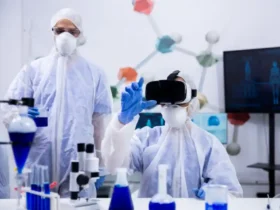

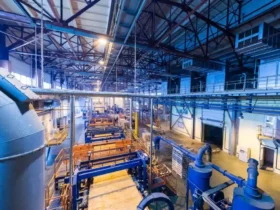

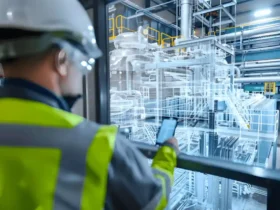
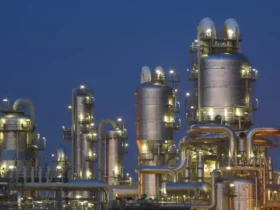
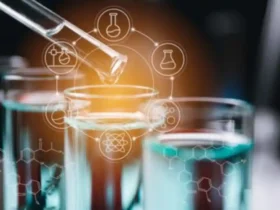
Leave a Reply